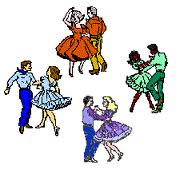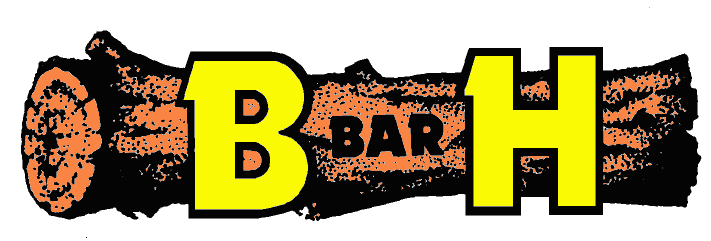Round Dancing
Modern social round dancing is choreographed and cued ballroom dancing that progresses in a circular pattern, counter-clockwise around the dance floor. The two major categories of ballroom rhythm found in round dancing are the smooth or international rhythms, such as foxtrot and waltz, and the Latin rhythms, such as cha-cha and rumba.
Round dancing differs from free-style ballroom dancing in that each round dance has been fully choreographed ahead of time, and a "cuer" or leader at the front of the ballroom tells the dancers, as they dance, what steps to do. As the music plays, and just ahead of the beat, so the dancers have time to respond, the cuer names each dance figure in the choreography. As a consequence, all the dancers on the floor are dancing the same steps at the same time.
To create a round dance, a piece of music is selected by the choreographer, and the different steps or figures are chosen to fit the music. If the music swells and pauses briefly, then a dance step that rises and stretches is put into that place. If there is a little syncopation in another part of the song, then a quick step is inserted. The creation of a piece of choreography is like engineering a machine, with every gear and lever in just the right place to give smooth and flowing motion. The step-by-step instructions on how to dance this choreography are written out in what is called a cue sheet.
Examples of social dances that may be danced in "round" fashion are two-step, bolero, cha-cha, foxtrot, hustle, jive, mambo, paso doble, quickstep, rumba, salsa and samba.

Although square dancing and round dancing are different styles of dance, round dancing if very often found to be part of a square dance session. Many square dancers can round dance, and many round dancers can square dance.
